Circus after 10 years at SKH: “A revolutionary programme”
Professionalised contemporary circus education in Sweden got going remarkably quickly.
As late as the 1990s, circus in Sweden came in the form of touring, tent-based classical shows and any contemporary circus shows were from international companies. Circus education in Sweden was based in classical forms that promoted spectacular, high-skill classical performance.
While contemporary circus schools in, not least, Paris and Montreal had decades of history by this point, when Cirkus Cirkör started Cirkuspiloterna in 1997, it was the first inkling of that type of education Sweden had ever seen. By 2005, it had morphed into a higher education programme at the School of Dance, and by 2013 it had its own impressive circus hall, its first Professor in circus, Tilde Björfors and its first PhD graduate, John-Paul Zaccarini. Students from the programme had started to win top medals at international festivals and applications from around the world started to come in. When SKH was founded in 2014, the program had barely had time to catch its breath.
“Suddenly, the eyes of the circus world were turning towards Stockholm,” explains Walter Ferrero, now Head of Department at SKH, who led the programme initially and gave it its present shape.
“It wasn’t just a programme for circus artists to interpret the existing tradition, to try to get into Cirque de Soleil or whatever,” Walter says. “I wanted the students to be artistic creators of their own, to have these young practitioners find their own voice. I wanted the acts to be solely the students’ own choice. And that’s absolutely risky!”
The head of the circus bachelor’s programme after that initial period, Marie-Andrée Robitaille, is now a PhD candidate who is making her thesis public in April 2024. She calls the new approach at the time “revolutionary” and “anarchist”.
“Yes, of course we wanted to teach the students how to work where they wanted to work,” she says. “But we also wanted them to start their own niches. To steer the field, not just fit into it. Circus can change the course of the world! I truly believe circus has a role in the planetary paradigm shift we’re currently going through. Our ability to transform and collaborate can be instrumental in creating change.”
Entering into the interdisciplinary
Circus was riding on a high when it entered the newly formed SKH in 2014. For Marie-Andrée, nevertheless, entering into the broader university setting brought even more interesting impulses.
“It was spectacular,” she says. “Suddenly we were in touch with all these different practices of doing art. It definitely injected value in what we were doing.”
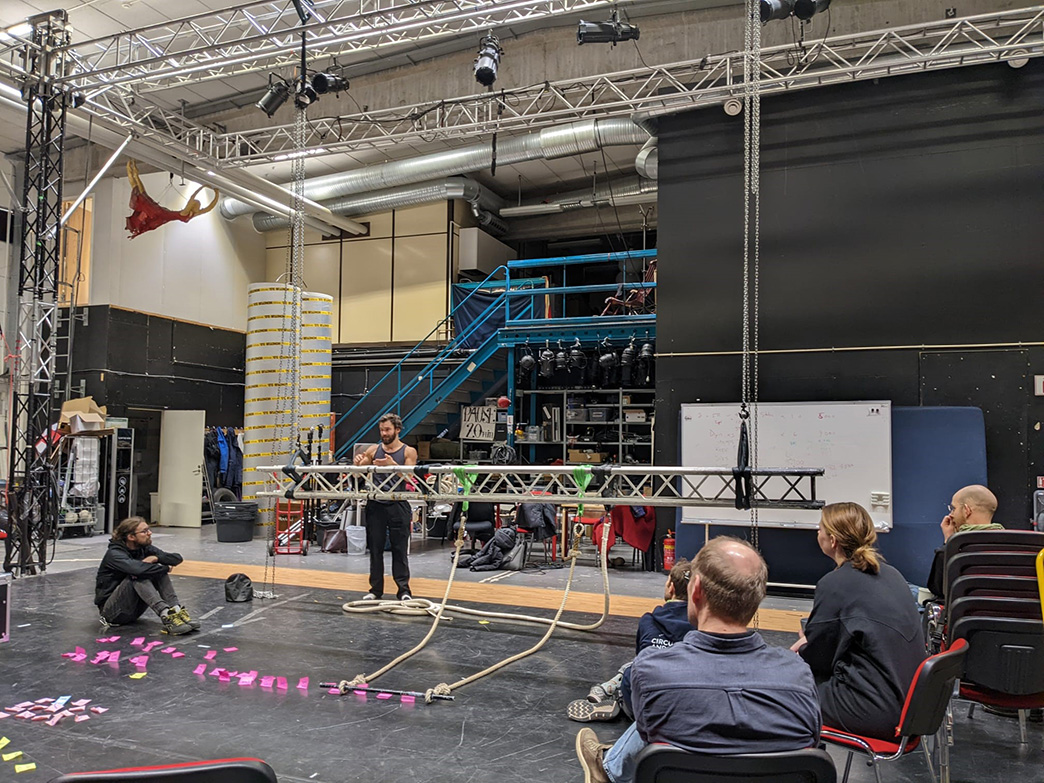
SKH also focuses on less audience-orientated aspects of the circus, such as rigging, which has its own independent course. In the Erasmus+ project RIGGERS, where SKH is the coordinating university, rigging managers from circus schools around the world meet to discuss their work. Photo: Sianna Bruce
At the same time, having to exist in a context that was more used to other art forms brought about challenges, too. Dr. Alisan Funk, current head of the subject unit for circus, explains that as the “baby” subject, articulating and standing up for the specific knowledge inherent in circus hasn’t always been easy.
“Circus is not dance, it is not theatre, it is not opera. It has its own type of knowledge that can’t be separated from the practice itself. Circus is built on its own physical vocabulary. We have to be careful to not impose knowledge from other disciplines onto it, or use definitions from other disciplines to define circus. The need for daily, continuous practice is also different from academic knowledge, and sometimes it’s been hard to fit it into academic rhythms developed from literary practices.”
“When we merged into SKH, we had to defend our ways of learning and doing,” Marie-Andrée says. “There’s been a challenge in articulating the specificity of circus. What we can do and tell is different. Sometimes we’ve seen circus performers be part of opera or theatre performances, where the circus act becomes almost a literary metaphor. But we’re not a metaphor. Our knowledge is different, tacit. When I do a salto, I understand the universe! Working on a PhD has helped me put words onto that.”
Growth and additions
Ten years have passed in the new organisation, and circus at SKH is no longer the new subject in the building it once was. It has continued to grow, and to keep its well-regarded position in the circus world. Some positions have changed, but many of the key players are still around, maintaining the quality of the programme.
“Many of, not least, the discipline teaching team have been here for a long time,” Alisan says. “I think part of our secret is actually the Swedish worker’s protection. We’ve been able to invest in the long-term development of circus practices through consistent staffing. I think that contributes a lot to the integrity and continuity in accompanying students through what is a physically, emotionally and intellectually difficult learning process.”
Through the years, the circus subject at SKH has also added ways to develop the artistic and professional aspects of the circus field, including an MA, independent courses in rigging, directing and artistic research.
“The MA has been really important,” says Walter. “It allows practitioners who have been working in the field for 3–10 years to suddenly have a platform to experiment, explore creativity and try new ways to practice circus without commercial pressure. There are not many like it in the world. And with the PhD programme, SKH has become a focal point of circus artistic research in the world.”
The programmes and names have shifted over time but being part of SKH has for the past ten years nourished and expanded the ways the university is able to offer circus education, Alisan explains.
“Students often come to our programmes looking for specific content, but through the course of our programmes they’re also learning artistic resilience,” says Alisan. “The process of learning creative methods to approach their work enables them to go out into the world and change the artistic fields they’re part of. This is how circus develops new forms and defines its own future.”
SKH is turning ten
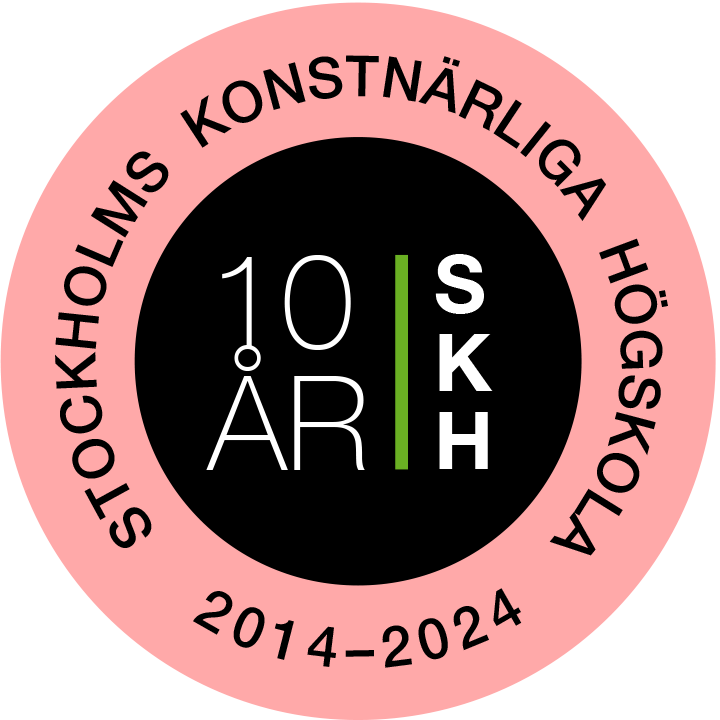
SKH is celebrating ten years as a university college in 2024, ad we'll be filling the year with retrospection, foresight, articles and events that connect to the decennial in various ways.
Closing Acts – degree performance in Circus 2024
In collaboration with Olle Strandberg and Nalle Laanela, the graduates present a show exploring the power and nuance of contemporary circus through the disciplines of tight wire, Chinese pole, hand balance, juggling, teeterboard, rope, aerial fabric and acro dance.
When: 14-19 May 2024
Where: SKH circus hall, Brinellvägen 34
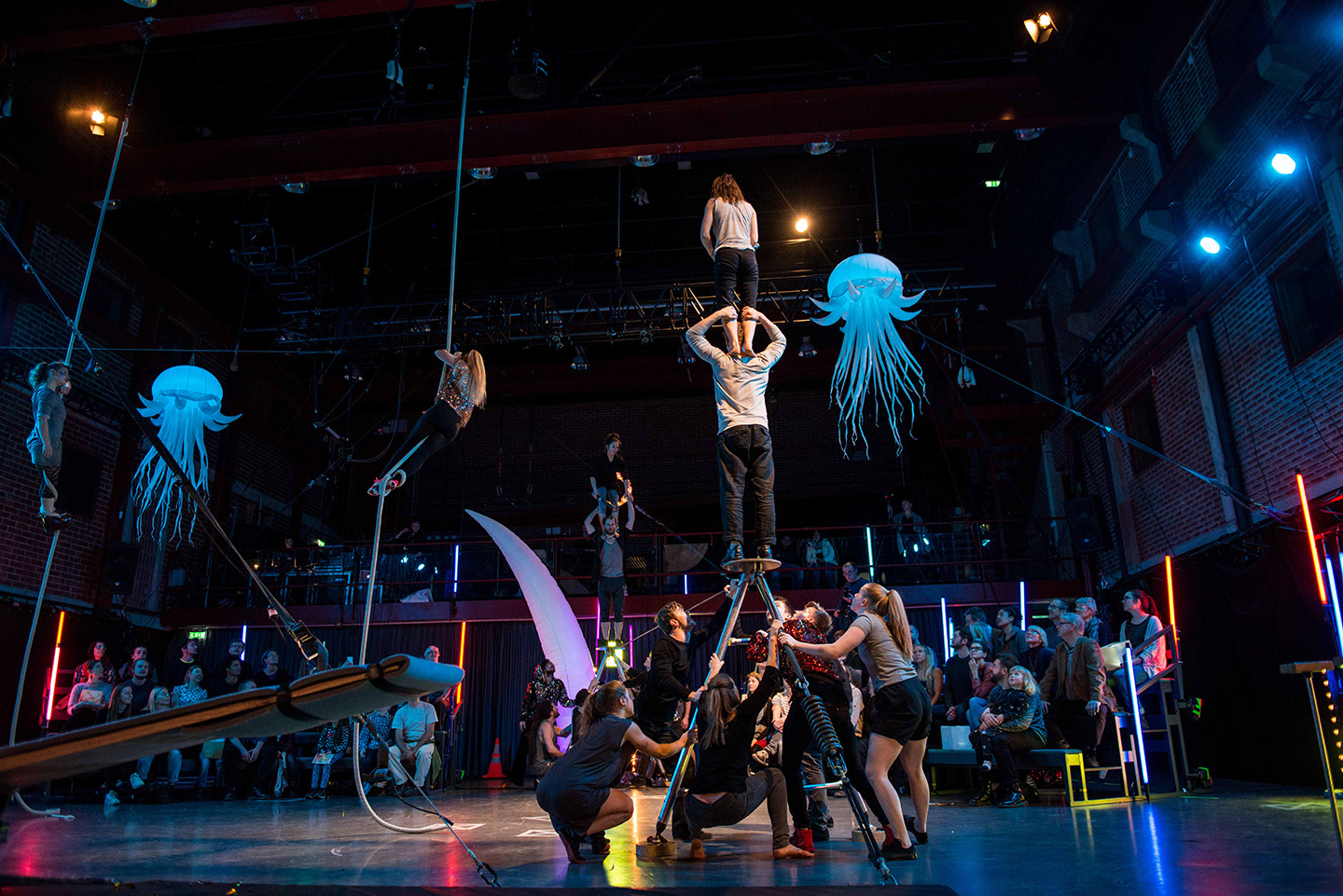
The performance Shaking the Circus from 2016. In the 12-metre high circus hall on Brinellvägen in Stockholm, the circus subject has a large part of its daily training, but also many of its performances. Photo: Einar Kling-Odencrants
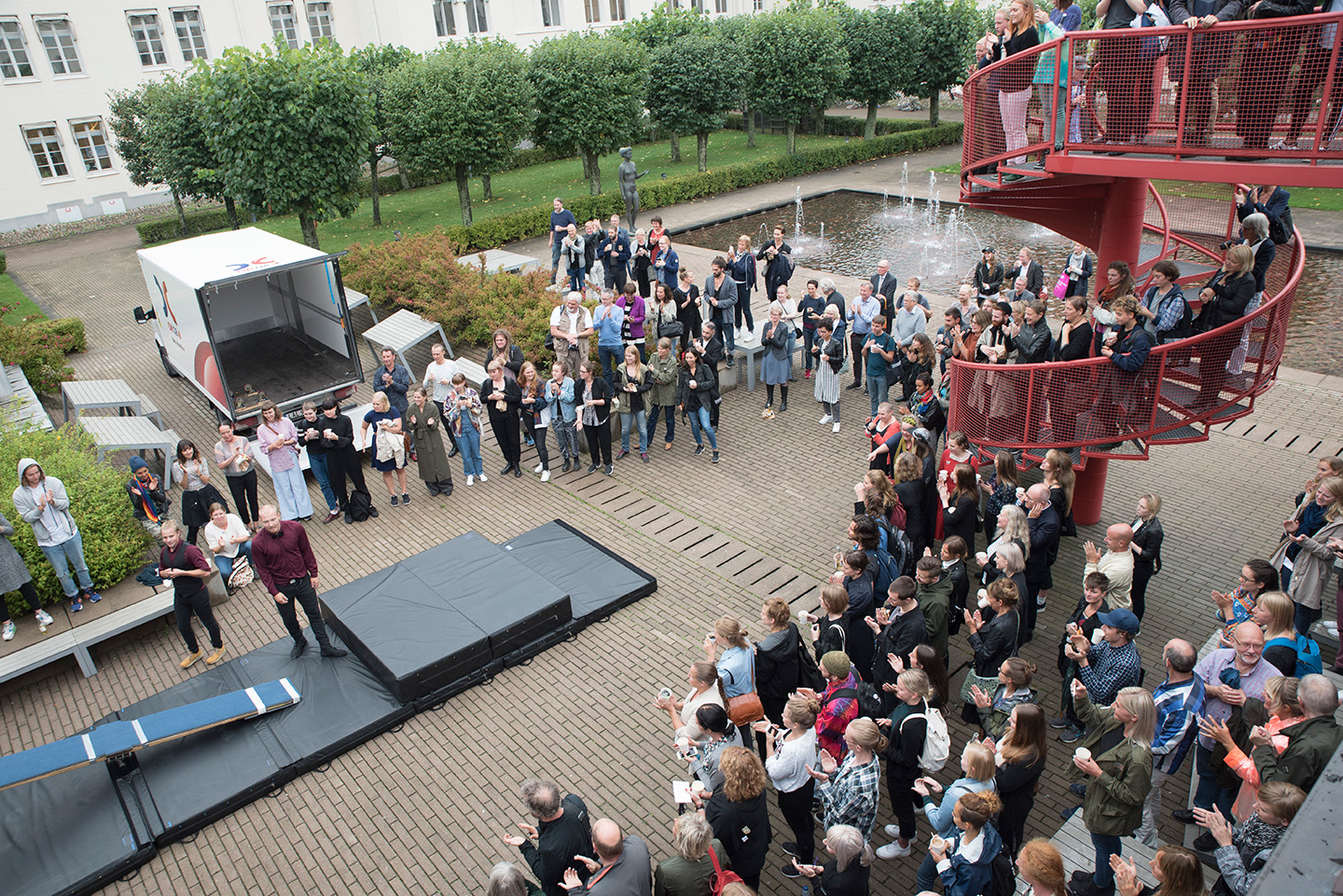
At SKH’s joint start of term 2016, circus is shown off in a spectacular way in the courtyard in front of, among others, Culture Minister Alice Bah Kuhnke. The circus subject was one of SKH’s proudest features right from the start. Photo: Bengt Söderström/SKH
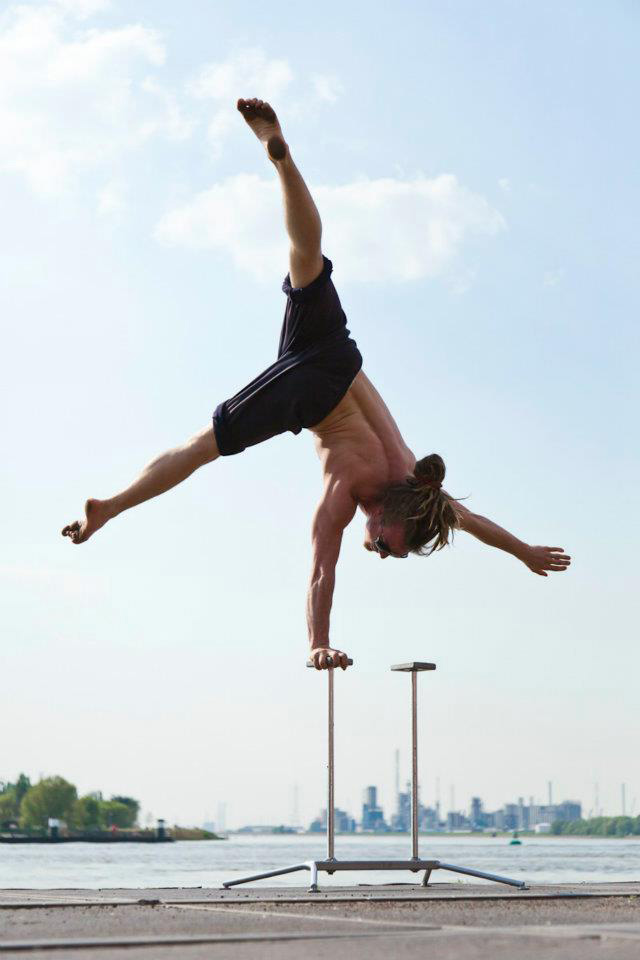
Isak Arvidsson doing handstand at the Extreme Convention festival in Antwerp in 2012. Students at SKH have often won medals at international festivals, reinforcing the school's global reputation. Photo: Marie-Andrée Robitaille/SKH